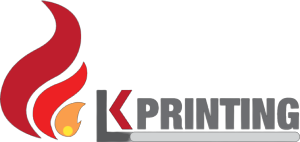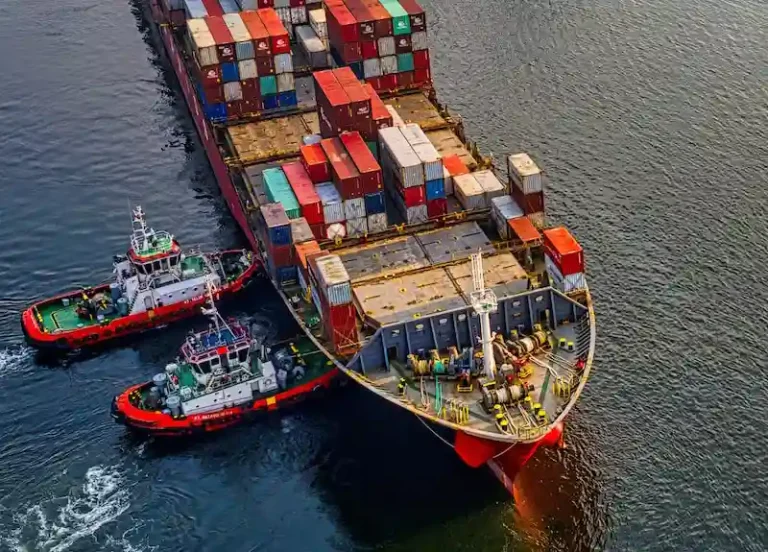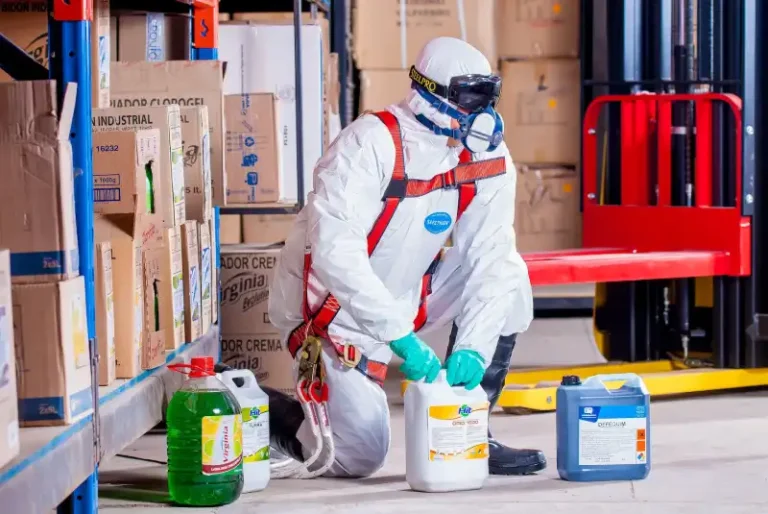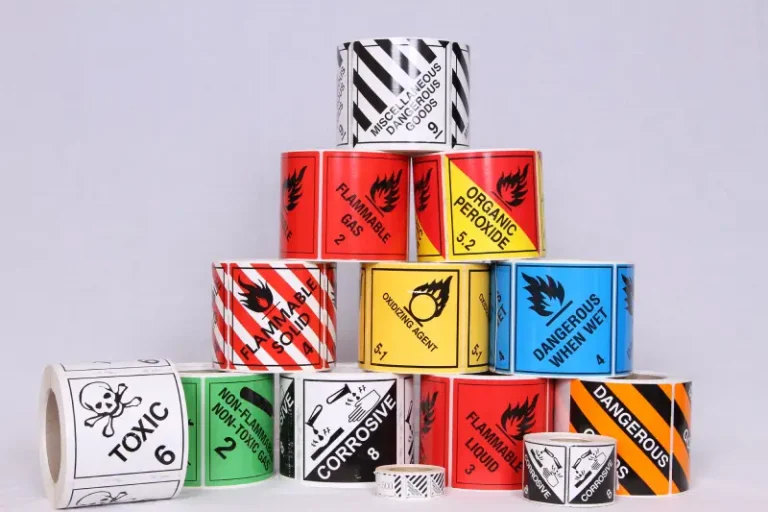Expert Advice on Dangerous Goods Labels
LK Printing specialises in dangerous goods labels for the safe transport of air freight and road, rail, and sea cargo. We also print custom shipping and freight labels.
We use the best UV resistant vinyl that withstands water and oil damage without altering the quality or appearance.
Are you unsure which labels to choose for your next shipment?
LK Printing offers a wide range of labels for transporting hazardous goods by air, road, rail, and sea.
Read our latest tips on IATA Air Freight Labels, GHS Chemical Labels, and the United Nation’s nine classes of dangerous goods.
LK Printing are specialists in Australian made Class Diamond Dangerous Goods Labels, Hazardous Goods Labels, and Air Freight Labels, and Emergency Information Panels.
No job is too big or small. We print our labels in Australia and can adapt designs and printed materials to suit your needs.
Long Lasting Dangerous Goods Labels and Emergency Information Panels
Dangerous Goods Experts in Australia and New Zealand
LK Printing specialises in dangerous goods labels for the safe transport of air freight and road, rail, and sea cargo.
We also print Emergency Information Panels and customised shipping labels.
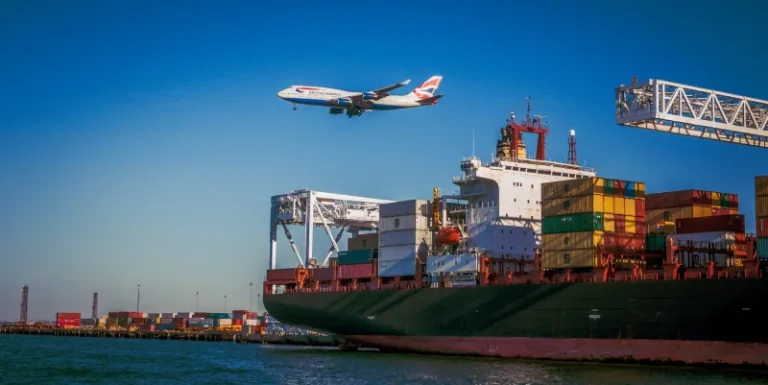
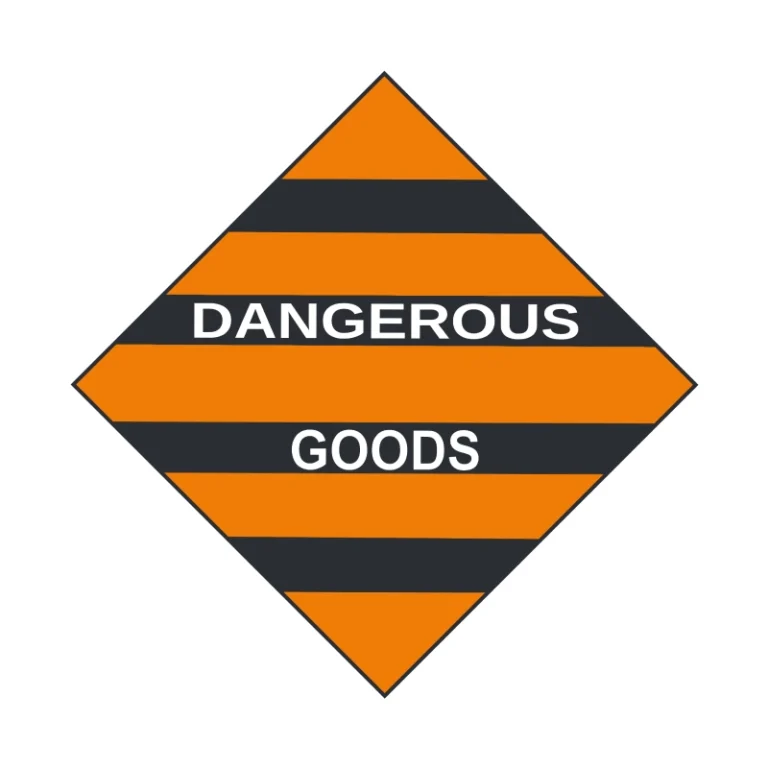
Dangerous Goods Labels
Our dangerous goods labels are designed for Australian, New Zealand, and overseas shipments:
- Toxic and Infectious Substance Labels
- Radioactive Material Labels
- Oxidizing Substance Labels
- Organic Peroxide Labels
- Miscellaneous Dangerous Good Labels
- Toxic Gases Labels
- Flammable Solid Labels
- Flammable Liquid Labels
- Explosive Labels
- Corrosive Substance Labels
All labels meet the strict standards defined in the New Zealand and Australian Dangerous Goods Codes.
Globally Recognised Hazardous Goods Labels
LK Printing is a commercial printer and we manufacture internationally recognised dangerous goods and hazard labels.
These include:
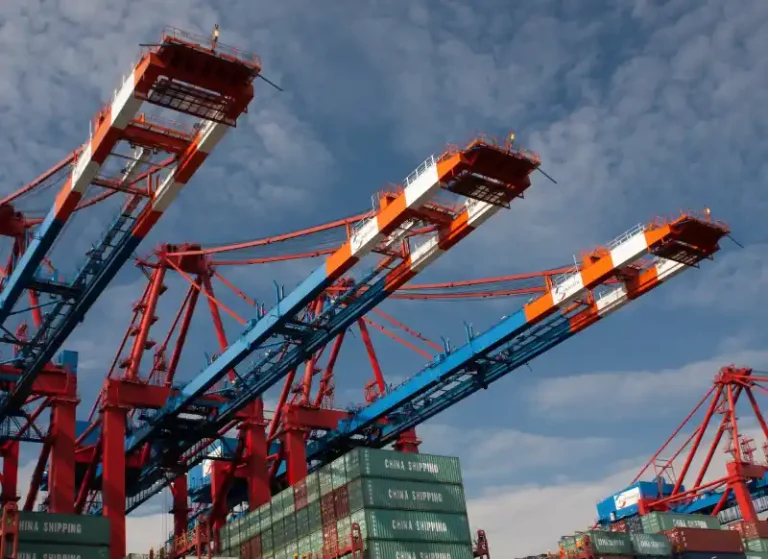
Need a Dangerous Goods Labels for Your Overseas Shipment?
5 Benefits of Using Dangerous Goods Labels
Labels alert the community to be take care around dangerous goods
Explosives, toxins, and other classes have dedicated hazard labels for quick identification
Correct labelling helps you avoid hefty fines
Freight handlers transporting and storing dangerous follow the label warnings to keep safe
Emergency workers can identify the product if there is a chemical spill, fire, gas leak or other event
What Our Customers Say
Do You Need a Customised Label for Your Next Shipment?
Frequently Asked Questions
Dangerous goods hazard labels and classes are used to identify transportation, handling, and storage hazards.
The labels and classes are standardised internationally to ensure that the same information is conveyed and understood by everyone involved in the handling of dangerous goods.
There are nine classes of dangerous goods that are defined by the United Nations, and each class is associated with a specific hazard type.
The nine classes include:
- Corrosive Substances
- Explosives
- Flammable Liquids
- Flammable Solids
- Gases
- Miscellaneous
- Dangerous Goods
- Oxidizing Substances and Organic
- Peroxides
- Radioactive Material
- Toxic and Infectious Substances
Each class is associated with a specific hazard label, which is displayed on packaging and transport vehicles. For example, explosives are marked with a red diamond-shaped label with an explosion symbol, while flammable liquids are marked with a red diamond-shaped label with a flame symbol.
Some dangerous goods may have multiple hazards, requiring multiple hazard labels. For example, a substance that is both toxic and flammable may display both hazard labels.
Dangerous goods are also assigned a UN number, which is a four-digit number that identifies the specific substance being transported. This helps emergency responders to quickly identify the substance in the event of an accident or spill.
Dangerous goods hazard labels must be displayed on the outer surface of the packaging, container, or vehicle used to transport the hazardous material.
The labels should be clearly visible and legible, and the size of the label must be in proportion to the size of the package or container.
The labels range from 25mm to 250mm in size. The exact size will vary depending on the size of the package or container.
Dangerous goods labels should be affixed on the outside of the package and must not become detached during transport. The labels should also be visible from all sides.
For example, if a drum containing hazardous material is being transported on a flatbed truck, the labels should be affixed to the drum in a way that is visible from all sides of the truck.
In addition to the hazard labels, the packaging or container should also be marked with the UN number and proper shipping name of the hazardous material.
The UN and shipping name should be displayed on at least two opposite sides of the package or container in letters and numbers. This will help emergency responders to quickly identify the hazardous material in the event of an accident or spill.
It’s important to follow all regulations and guidelines for the transportation of dangerous goods to ensure the safety of those handling and transporting the materials, as well as the general public.
Hazard labels printed on inner packages can be for bottles of bleach, paint thinners, aerosol cans, and other products that are available at hardware stores and supermarkets.
Safety Data Sheets (SDS) are often supplied by manufacturers of dangerous goods and chemicals. Data sheets are a useful guide to ensure goods are transported with the correct classification.
Where companies manufacture their own products a dangerous goods specialist or chemist will determine the correctly product classification.
Latest News on Dangerous Goods Labels
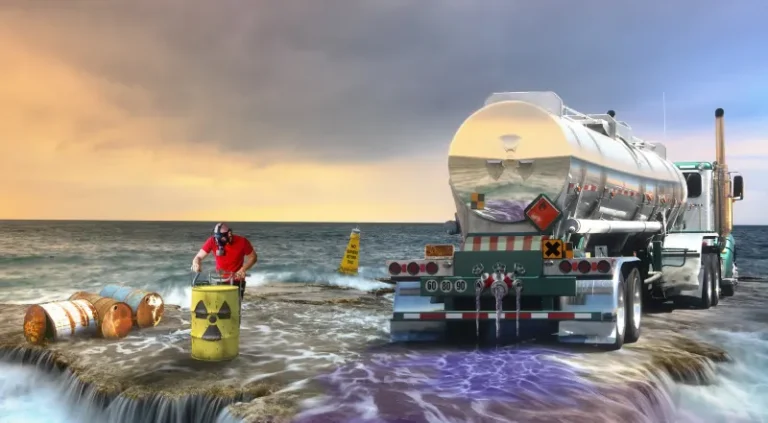
Dangerous Goods Placards vs. Hazardous Goods Labels
Dangerous goods placards are larger than printed shipping labels and are not designed to be fixed to small packages. Placards are displayed on trucks, rail
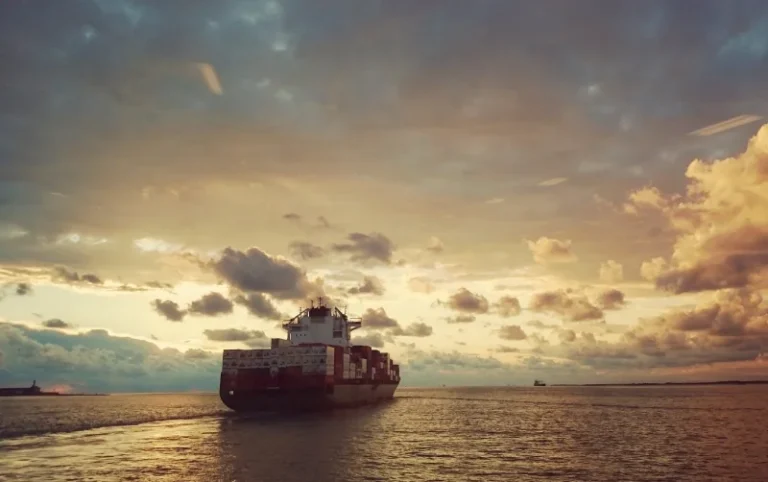
What Labels Are Needed When Shipping Hazardous Chemicals?
The labelling of hazardous chemical packages and containers helps ensure the safe transport of chemicals. Hazardous chemicals can be dangerous if not handled properly, and
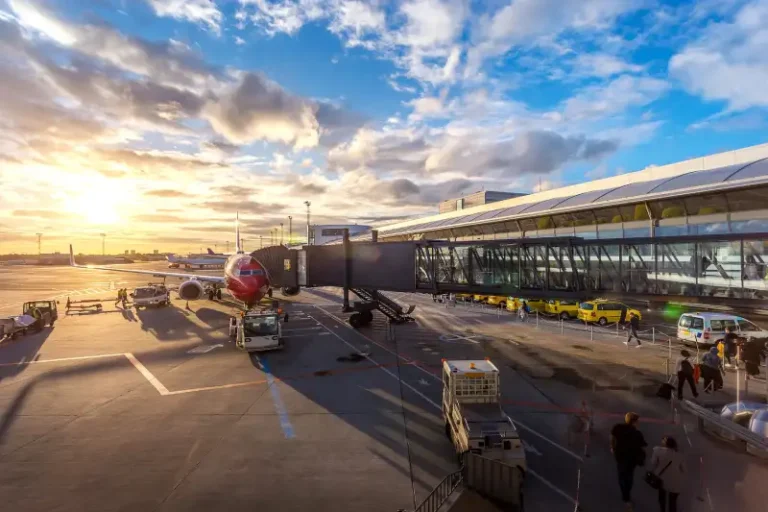
Best Air Freight Labels For Transporting Dangerous Goods
Air freight labels describe the dangerous goods being transported by plane. These labels feature special handling instructions or precautions that must be taken to ensure
